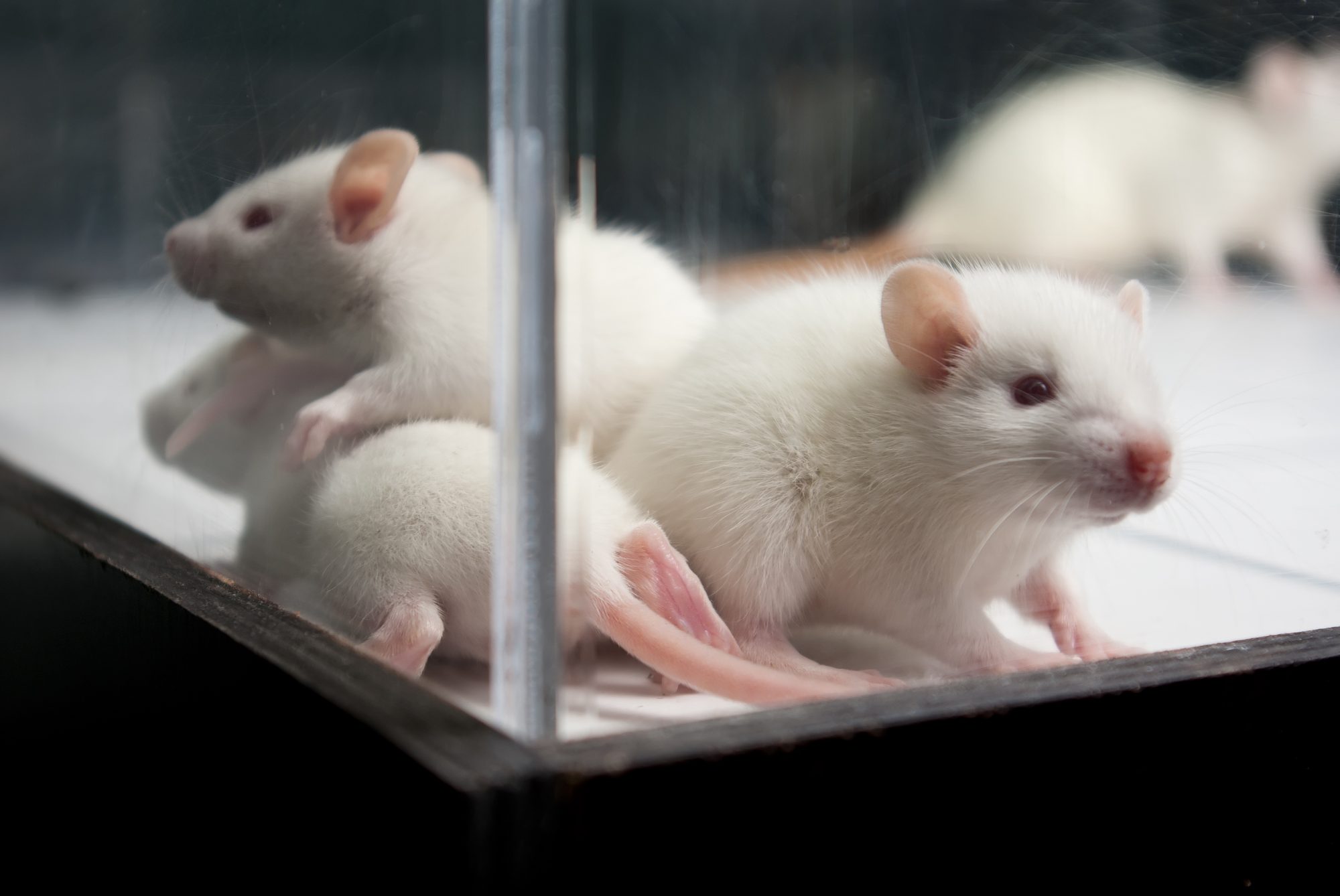Relapse presents a major barrier to recovery from substance use disorders, and sleep disruptions have long been associated with drug withdrawal and relapse
Drug relapse refers to when people begin taking drugs such as cocaine again after a period of abstinence.
Recent studies have identified the trends of drug relapse in consideration of sleep cycles, hoping to find insights for better recovery treatments for recovery-related sleep.
Yanhua Huang, PhD, at the University of Pittsburgh, said: “Rapid eye movement (REM) sleep is important for regulating emotion. For years, we have seen REM sleep changes associated with cocaine-seeking behaviors in our rat models.
“This is our first comprehensive study to examine what specific features of REM sleep may be related and why.”
Decent REM sleep and a natural circadian rhythm are vital to health
In 2006, the researchers discovered the existence of an unappreciated form of insomnia in individuals recovering from cocaine use disorder was defined by brain waves measured during sleep, which emerged over the initial weeks of cocaine abstinence.
This was at a time when people were reporting subjectively “improved” sleep, and which was related to their risk for relapse.
Biological Psychiatry Editor John Krystal, MD, said: “This interesting new study in rodents by Guo et al. identifies a disturbance in REM sleep during the recovery from chronic cocaine administration that also predicts the propensity for subsequent relapse to cocaine self-administration.”
Dr. Huang added: “Previously there was a notion that poor sleep may worsen drug craving and relapse – and we now offer a more granular view on the specific sleep features to be considered for potential biomarkers for predicting relapse.”
Using rat models to identify drug effects on sleep
For the study, the researchers trained male rats to self-administer cocaine and then removed access to the drug, so that the rats were in long-term withdrawal.
The rats were subsequently re-exposed to cocaine-associated cues and demonstrated “craving incubation,” in which the drive to take the drug increases over time. The rats also displayed REM sleep disturbances.

To further investigate potential casual relationships, the investigators increased the temperature of the rats’ bedding, which increased time spent in REM sleep and improved REM sleep continuity.
This led to a reduction of the incubation of drug-seeking behaviour.
The phenomenon of incubation depends on physiological changes at neuronal synapses in a brain area called the nucleus accumbens (NAc).
A particular type of protein, called calcium-permeable AMPA receptors, accumulates in synapses, increasing the neuronal activity there and driving drug-seeking behaviour.











